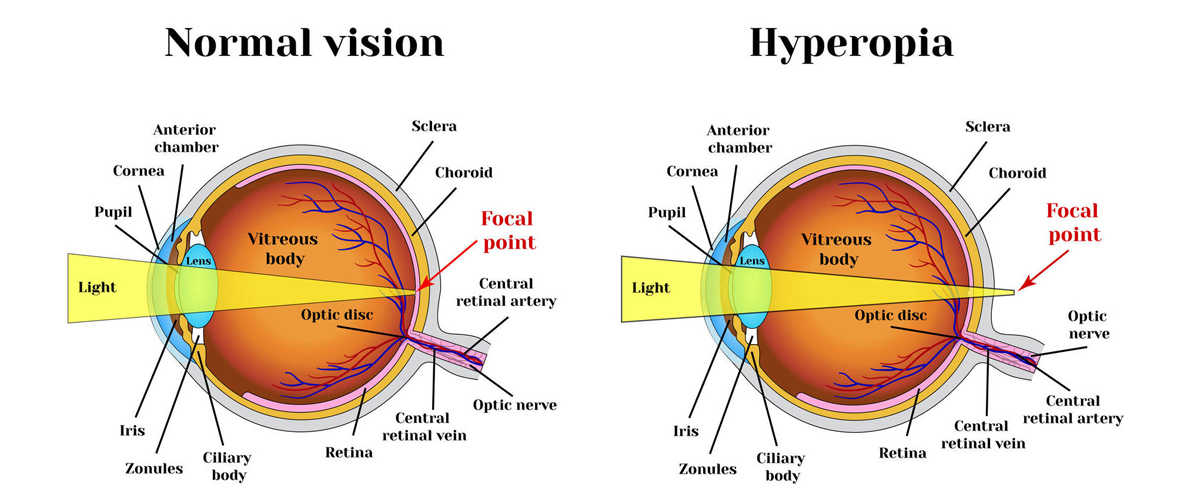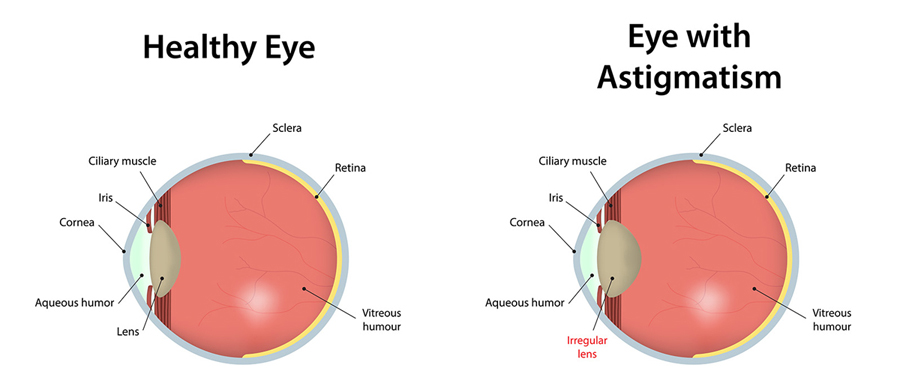+91 9645 600 032 | +91 9895 780 909
Mon to Sat 8.00 am to 6.00 pm
Enjoy renewed clarity with our advanced cataract surgery solutions.
Cataract refers to the clouding of the eye lens, which leads to unclear vision.
At Sreekanth Eye Care and Research Center, our expert surgeons specialize in two cutting-edge procedures to correct cataract:
-
MICS (Microincision Cataract Surgery) involves replacing the affected lens with a clean Intra-Ocular Lens.
-
FLACS (Femtosecond Laser-Assisted Cataract Surgery) utilizes a precise laser for a minimally invasive approach.
-
PHACOEMULSIFICATION & SICS is minimally invasive using ultrasound waves to remove cloudiness from the lens
-
ASPHERIC, TORIC & MULTIFOCAL IOLS minimizes aberrations and improves the quality of vision
-
SECONDARY IOL IMPLANTATION for conditions where an IOL is missing or needs replacement
-
OPTICAL BIOMETRY / YAG CAPSULOTOMY / ULTRA SOUND BIOMETRY for IOL placement, clearing cloudiness, and cataract measurement
Contact us today to discuss your options and correct cataract and regain clear vision.
What Causes Cataract?
Ageing is the most common cause of cataract. Younger people may also have cataract if they are:
-
Poorly controlled diabetics
-
Present since birth(congenital) or is hereditary
-
Secondary to injury to eye
-
Taking some medications like steroids
-
Had previous eye surgery or have inflammatory eye conditions like uveitis
How does Cataract Affect Vision?
Cataract causes painless blurring vision. Some cataracts may cause glare or haloes. Night driving may become difficult. Frequent eyeglass prescription changes may indicate cataract. Occasionally, double vision in one eye may be due to cataract. These symptoms can be present in other eye problems also, so you need to check with your eye specialist to confirm.
How is Cataract Detected?
Cataract is detected through a comprehensive eye examination by an ophthalmologist, which includes a check for glasses, detailed evaluation of the eye including the cataract, retina, optic nerve to rule out any other problems which may cause vision loss
When must a Cataract be Removed?
Cataract surgery should be considered when a cataract causes enough vision loss to interfere with daily activities such as driving, reading or watching television.
How is Cataract Surgery Performed?
The main technique used to remove a cataract is phacoemulsification. In phacoemulsification, through a small opening 1.8mm -3mm in size in the cornea, an ultrasonic device is used tois break upthe cloudy lens into small pieces and removed from the eye. After the cataract lens is entirely removed, the lens implant is inserted to the same position.Anaesthetic eye drops / injections are used to make the surgery pain free. Advantages of the recent techniques, as in micro incision cataract surgery are- no injections, no bandage and immediate visual rehabilitation.
What are the types of Artificial Lens Implants?
Monofocal and multifocal lens implants are available. With multifocal implants, you may not need eyeglasses for reading. Your eye surgeon will discuss with you and recommend the type of implant that is most suitable for you.
A Few About LASIK
Make an Appointment A Few About Cataract Refractive errors occur when an eye cannot clearly focus the image on the retina, resulting in blurred vision. This in many cases can subsequently lead to a permanent un-correctable disability. What Causes Cataract? How does Cataract Affect Vision? How is Cataract Detected? When must a Cataract be Removed? How is Cataract Surgery Performed? What are the types of Artificial Lens Implants? Monofocal and multifocal lens implants are available. With multifocal implants, you may not need eyeglasses for reading. Your eye surgeon will discuss with you and recommend the type of implant that is most suitable for you. A Few About LASIK LASIK stands of “Laser Assisted In Situ Keratomileusis”. Performed first in 1990 in the United States, LASIK boasts to have one of the highest patient satisfaction rates among medical procedures worldwide today. LASIK involves extremely precise and accurate reshaping and sculpting of the cornea to a predetermined curvature using an Excimer LASER, so as to focus the image on the retina. It is also called as LASER vision correction.
Myopia ( Short sightedness)
Is a condition where image is focused in front of the retina either because the eye is too long or its focusing power is too strong. The distance objects appear blurred.

Hyperopia (Long sightedness)
Here the light rays reach the retina even before it gets focussed. The eye is too short or its focusing power is weak. Both distance & near objects are blurred and initially blurring may be intermittent. Eye fatigue often occurs and this is very common especially in children.

Astigmatism
Here the eye does not focus light evenly onto the retina due to irregular shape of the cornea.

Presbyopia
Is a normal ageing process. The ciliary body of the eye is unable to work effectively, and do not focus the image of near objects sharply on the retina. This results in a need to wear near glasses for reading and near work. Presbyopia may be associated with any of the above three conditions



